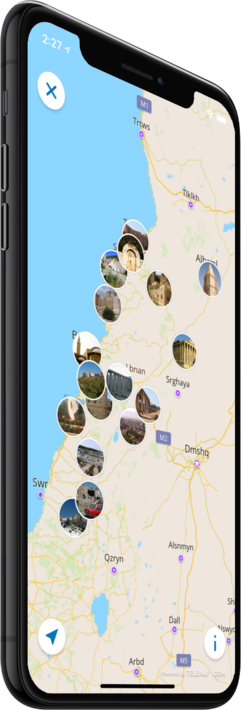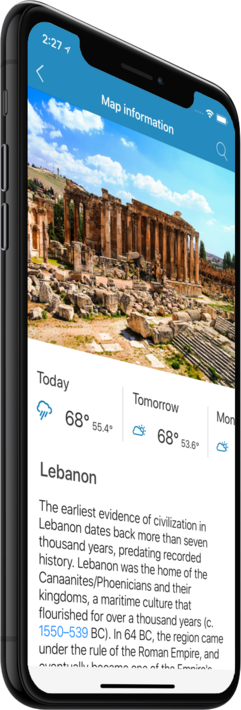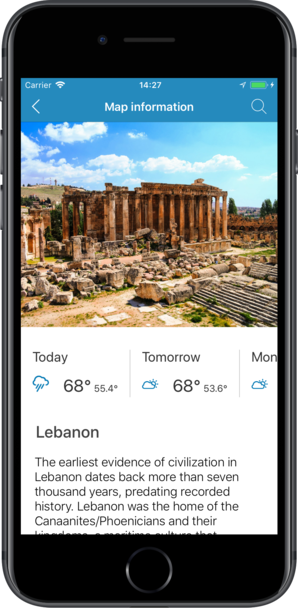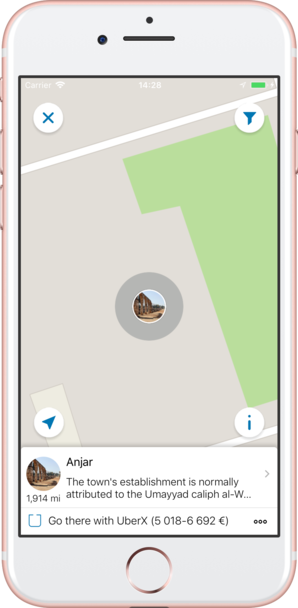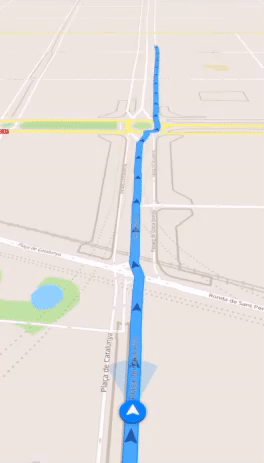Features
Turn your trip into an exciting and unforgettable experience
with the Lebanon offline mobile map!
TOP DESTINATIONS
Our offline map offers you information about 60 top destinations, featuring high-quality descriptions, photos, and reviews written by real travelers.
HIGH-QUALITY CONTENT
Every location we feature comes with a description, a photo, and reviews written by real people.
SAVE ON MOBILE DATA!
All of the app’s features work offline! Simply download our completely autonomous map before your trip, and save mobile traffic!
FIND TOP DESTINATIONS NEARBY!
In addition to our featured locations, you will find tens of thousands of other useful places in our guide (hotels, restaurants, teller machines, public transport stops, points of interest, etc.)
OFFLINE NAVIGATION
Plan the best driving, walking, or biking route offline! Save your locations, so you can always easily find your way back and never get lost.
WEATHER FORECAST AND CURRENCY CONVERSION!
Latest weather forecast and a handy conversion rate calculator for 200+ different currencies!
Top places of interest
Here is a list of just a few of the places of interest that you can find on our offline map.
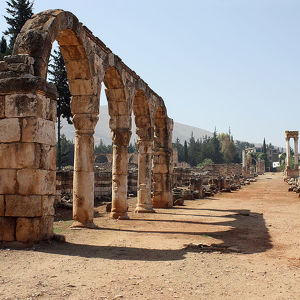
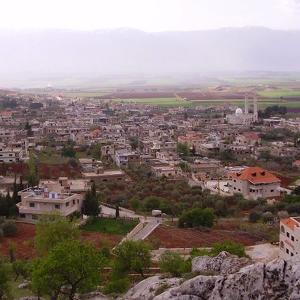
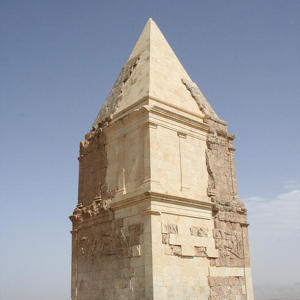
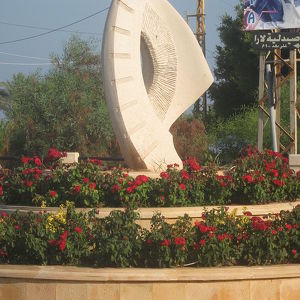
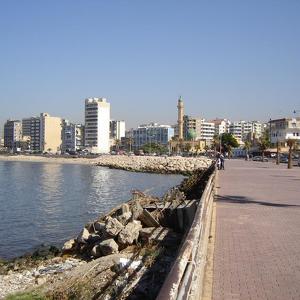
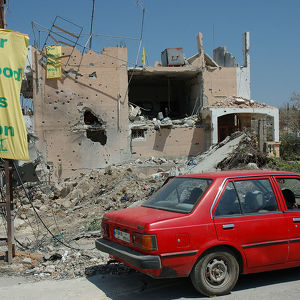
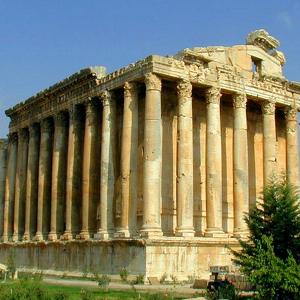
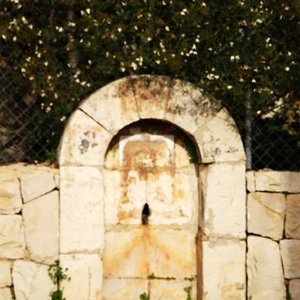
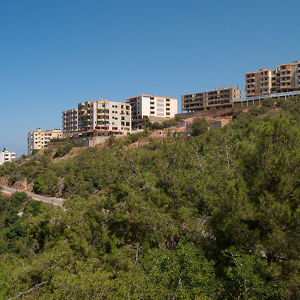
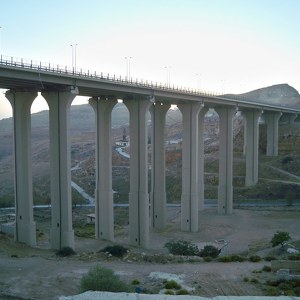
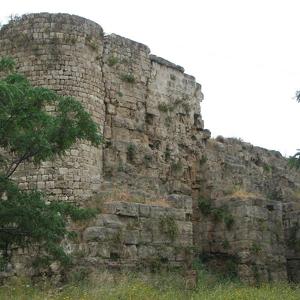
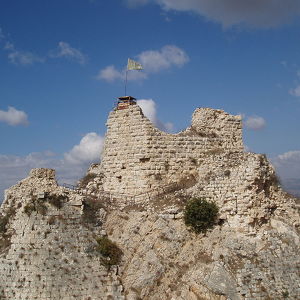
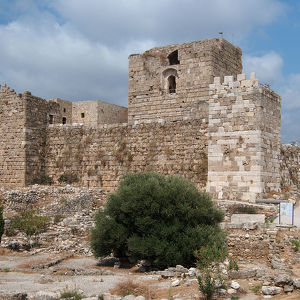
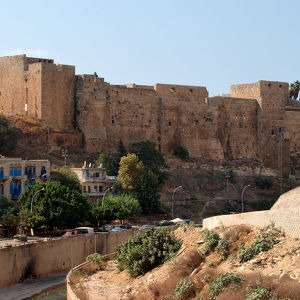
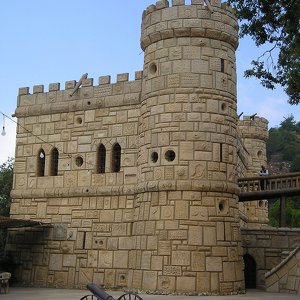
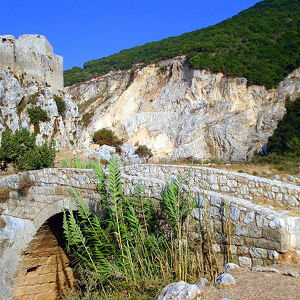
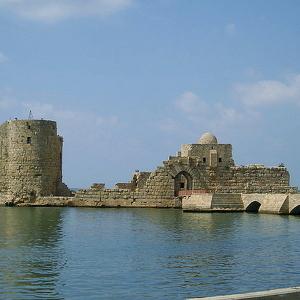
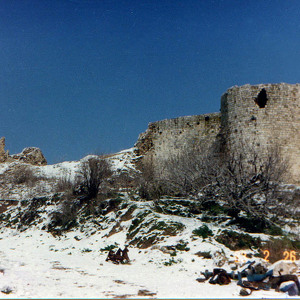
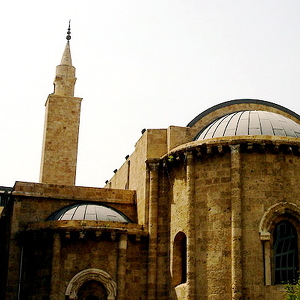
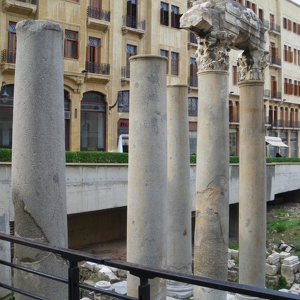
Anjar
The town's establishment is normally attributed to the Umayyad caliph al-Walid I at the beginning of the 8th century as a palace-city. However, historian Jere L. Bacharach claims it was al-Walid's son, al-Abbas, who was responsible for Anjar's founding...
Kamid al lawz
This town was the site of major German archaeological excavations between 1963 and 1981. One of the most important sites in Lebanon where archaeologists found and recorded many spectacular buildings, which are very important to the history of the regio...
Kamouh el Hermel
The pyramid has been suggested to date to the first or second century BC due to similarities with architecture of tower tombs of the late Selucid era at Palmyra in Syria. It was considered by William McClure Thomson to possibly have been of Ancient Gre...
Rmeileh
Rmeileh is located approximately 5.5 kilometres (3.4 mi) north of Sidon and 37 kilometres (23 mi) south of Lebanon's capital city, Beirut. It is 80 metres (260 ft) above sea level and covers an area of 544 hectares (1,340 acres). Rmeileh sits on hills ...
Sidon
Sidon has been inhabited since very early in prehistory. The archaeological site of Sidon II shows a lithic assemblage dating to the Acheulean, whilst finds at Sidon III include a Heavy Neolithic assemblage suggested to date just prior to the invention...
Tayibe
By the village is a Heavy Neolithic archaeological site of the Qaraoun culture. The site was discovered by Louis Dubertret and materials studied by Jacques Cauvin. Heavy Neolithic materials recovered resembled those from Qaraoun.
Baalbek
A few miles from the swamp from which the Litani and the Asi (the upper Orontes) flow, Baalbek may be the same as the mbk nhrm ("Source of the Two Rivers"), the abode of El in the Ugaritic Baal Cycle discovered in the 1920s and a separate serpent incan...
Batroumine
Batroumine is a Lebanese Village Located in the northern part of the country. It's located in the hilly El-Koura county south east of Tripoli and lies at an altitude of 324 meters from sea level. Although Batroumine is located over hills, it would o...
Bechamoun
An archaeological site was discovered 6 kilometres (3.7 mi) east of Khalde by V. Hankey in 1963. The site is located on the western terraces of a conical hill, west of the main village called Qalaa' Tahun-el-Haoua. An unpublished collection was also ma...
Mudeirej Bridge
On the 12th of July during the 2006 Lebanon-Israel conflict the Israeli Air force bombed the Mdeirej Bridge causing partial damage to its base and pillars, and critical damage to the road it uplifted. The destruction of the bridge which was a symbol of...
Saint Louis Castle
The site now occupied the Castle of St. Louis is said to have been the acropolis of the ancient city. Some remains of this acropolis still exist, including a theater. The citadel was probably completely demolished and then rebuilt by the Arabs. To t...
Beaufort Castle
Beaufort or Belfort Castle is a Crusader fortress in Nabatieh Governorate, Southern Lebanon, about 1 kilometre (0.62 mi) to the south-south-east of the village of Arnoun. There was a fortification on the site before it was captured by Fulk, King of Jer...
Byblos Castle
The castle was built by the Crusaders in the 12th century from indigenous limestone and the remains of Roman structures. The finished structure was surrounded by a moat. It belonged to the Genoese Embriaco family, whose members were the Lords of Gibele...
Citadel of Raymond de Saint-Gilles
The citadel of Tripoli was built by Raymon De Saint-Gilles, governor of Tripoli, in 1103 on the emplacement of the castle of Saint-Gilles. When the Mont Pèlerin quarter was set ablaze by the Mamluks in 1289, the castle of Saint-Gilles suffered from the...
Moussa Castle
Moussa's castle was built on a hill between Deir El Kamar and Beiteddine - Lebanon, with the beliefs and ideas of its builder engraved on its stones. The creator of this great work is Moussa Abdel Karim Al Maamari, born July 27, 1931, A.D in the villag...
Mseilha Fort
The fort's architectural design consists of two homogenous sections built in two separate phases. The fort is approached through a narrow path and small stairway cut into the northern side of the bedrock. A small platform precedes the low arched main g...
Sidon Sea Castle
The city of Sidon is located on the Mediterranean coast of Lebanon. This ancient Phoenician city has been of great religious, political and commercial value; it is said to be inhabited since 4000 B.C. During the 13th century, the Crusaders built Sidon'...
Toron
The castle was built by Hugh of Fauquembergues, prince of Galilee, in 1106 AD to assist in capturing Tyre. After Hugh's death, the surroundings of Tibnin were raided by 'Izz al-Mulk, who killed the populace and made off with booty. Tibnin was made an i...
Al-Omari Grand Mosque
The Al-Omari Grand Mosque was originally the old church of Saint John the Baptist, built in 1150 over the site of Roman imperial baths. Similar Romanesque style churches with triple apses were built in Tyre and Tartus, using recuperated material suc...
Cardo Decumanus Crossing
The Cardo and Decumanus Maximus were the main colonnaded streets of Roman Berytus. Today, five erected columns mark the crossing of the Cardo and the Decumanus Maximus, the two main colonnaded streets of Roman Berytus. The Cardo Maximus connected th...
Counter

60
TOP DESTINATIONS

649
PLACES OF INTEREST

917
HOTELS

1660
CAFES AND RESTAURANTS
Contact us
You can get in touch with us by filling out this form
 |
 |
 |

